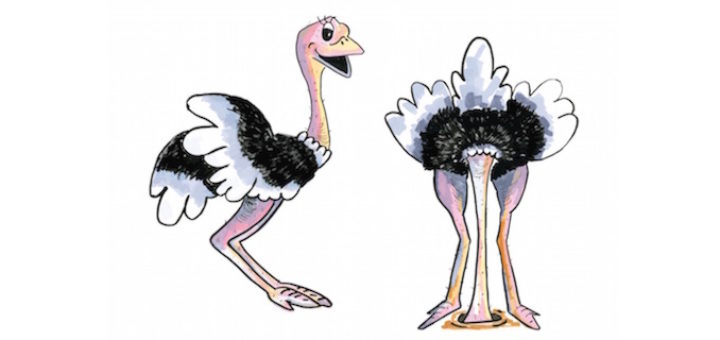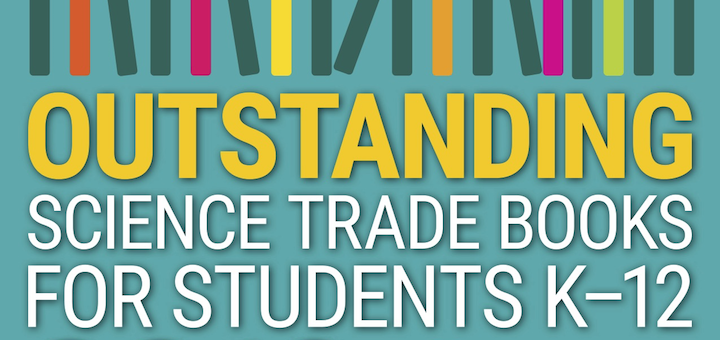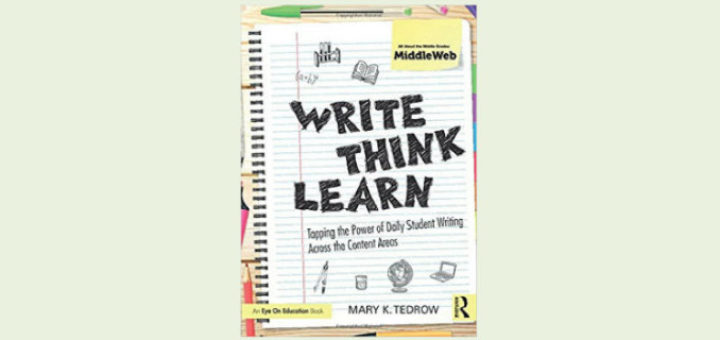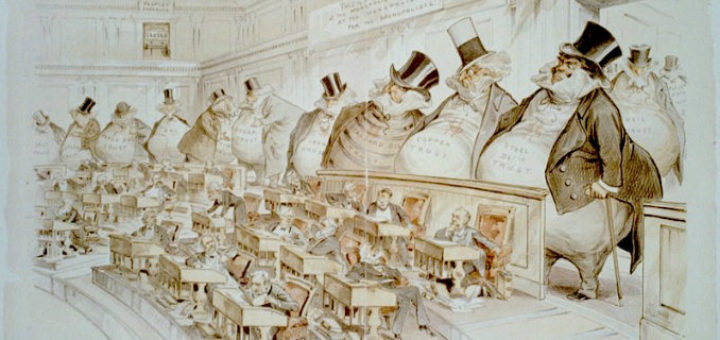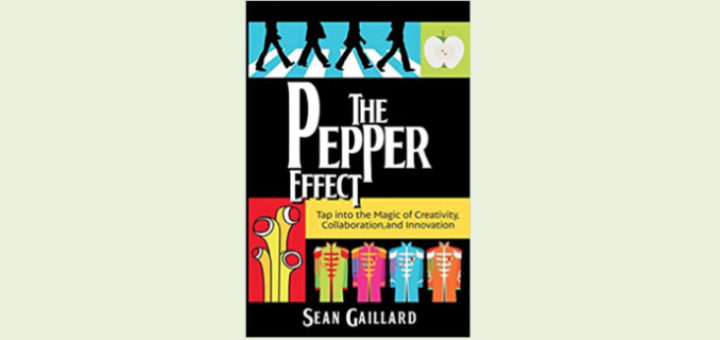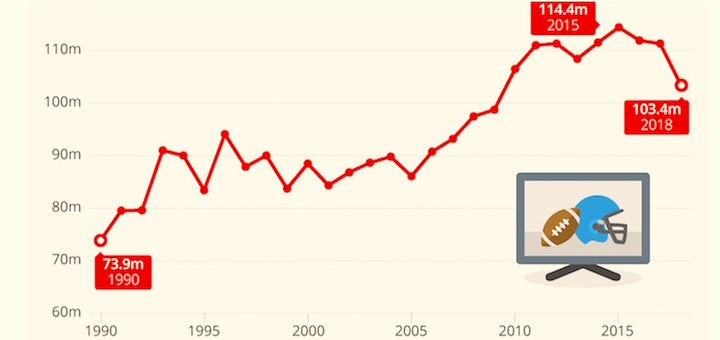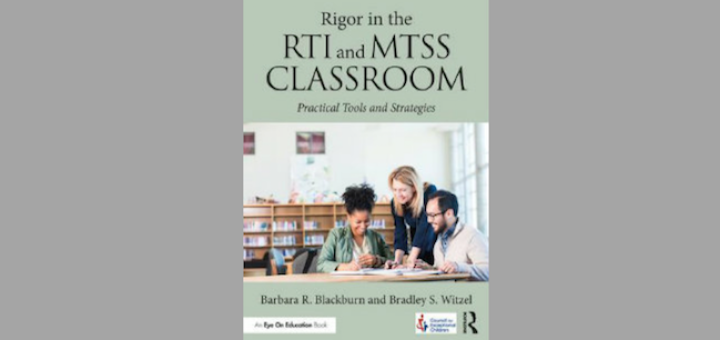How We Can Fix Faulty Background Knowledge
Good teachers ‘stir the pot’ to activate student background knowledge before a new lesson. But what if student understandings are flawed? Teacher educator Curtis Chandler has research-based tips to help detect and fix the faults. Plus some tech tools that can add fun to the process.

